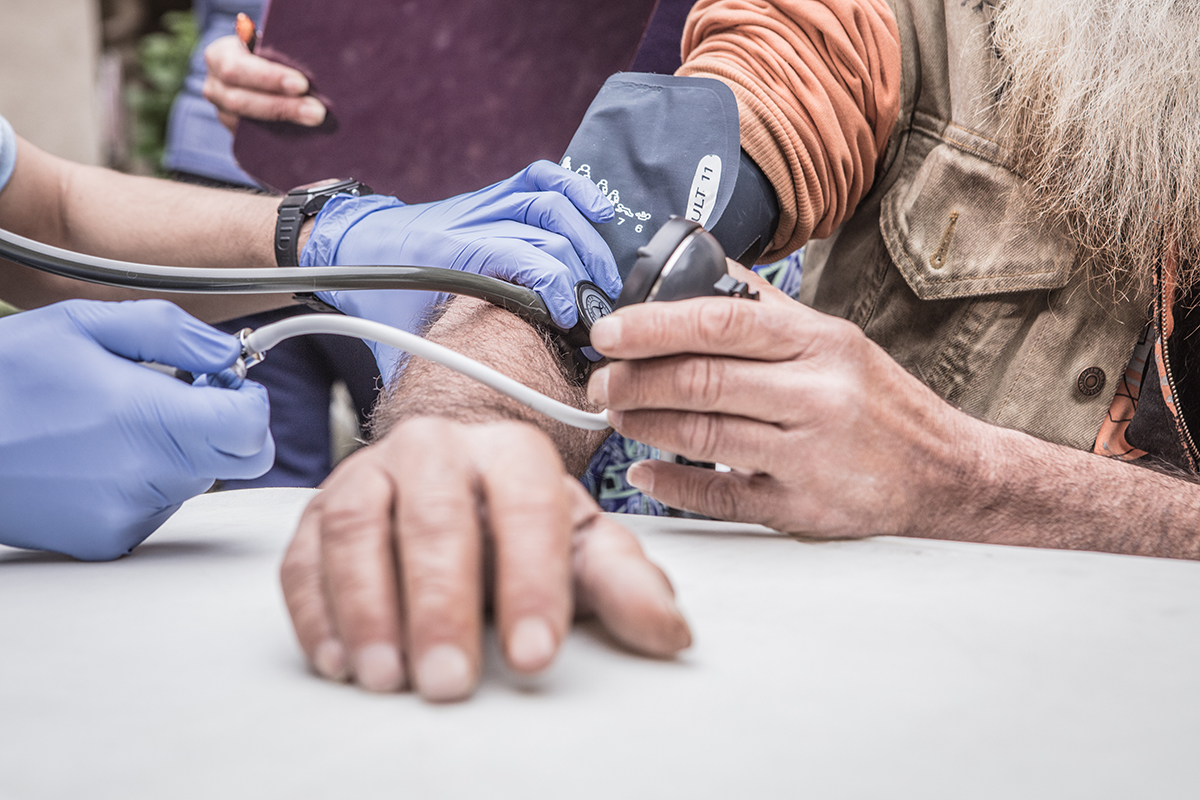Help for Your Heart
Jul 25, 2024

Adventist Health has nine cardiac catheterization labs throughout the Central Valley. Here’s what that means for you.
What is cardiac catheterization?
A catheterization laboratory, or cath lab, has special imaging tools that allow providers to view blood vessels and blood flow to diagnose and treat heart conditions. “An X-ray machine takes successive images — 15 to 30 every second — to follow the movement of dye injected in a blood vessel or a compartment of the heart,” says Jenny Lavers, operations executive for Adventist Health Central California Network. “This technology helps us find problem areas, like a narrowing in the coronary artery or a blood clot, then perform advanced procedures to treat the patient.”
Wherever you are, we’re there
When you need specialized care for your heart, Adventist Health has you covered with nine cardiac cath labs throughout the Central Valley, all equipped with the latest technology.
- Adventist Health Hanford
1 cath lab with state-of-the-art diagnostic equipment performing heart and vascular procedures - Adventist Health Tulare
1 cath lab with state-of-the- art diagnostic equipment performing heart and vascular procedures - Adventist Health Specialty Bakersfield
4 cath labs with state-of-the-art diagnostic equipment performing heart and vascular procedures - Adventist Health Bakersfield
3 cath labs with state-of-the-art diagnostic equipment performing heart and vascular, and brain and spine procedures
Cardiac cath labs can be used for diagnostic procedures and treatments related to heart disease. “The cath lab has diagnostic tools that first help a physician diagnose cardiovascular issues, like heart disease or an abnormal heartbeat, then determine the best course of treatment,” explains Mike Gregory, director of cardiac catheterization at Adventist Health Bakersfield. Providers can diagnose and treat the following:
Heart attacks:Through a procedure called angioplasty, providers can clear a blockage and reopen an artery using a balloon. They can then place a stent, a small mesh tube that keeps the artery open.
Heart rhythm disorders:If your heart beats too fast or irregularly, providers can perform a cardiac ablation, in which they create small areas of scar tissue on the heart to prevent the muscle from generating the abnormal rhythm. Providers can also implant devices, including pacemakers and cardiac defibrillators, to regulate the heartbeat.
Vascular and valvular disease:Rather than doing open-heart surgery, providers can implant new heart valves or clear away buildup in the vessels by using a catheter — a small tube placed in a blood vessel — to reach the heart.


